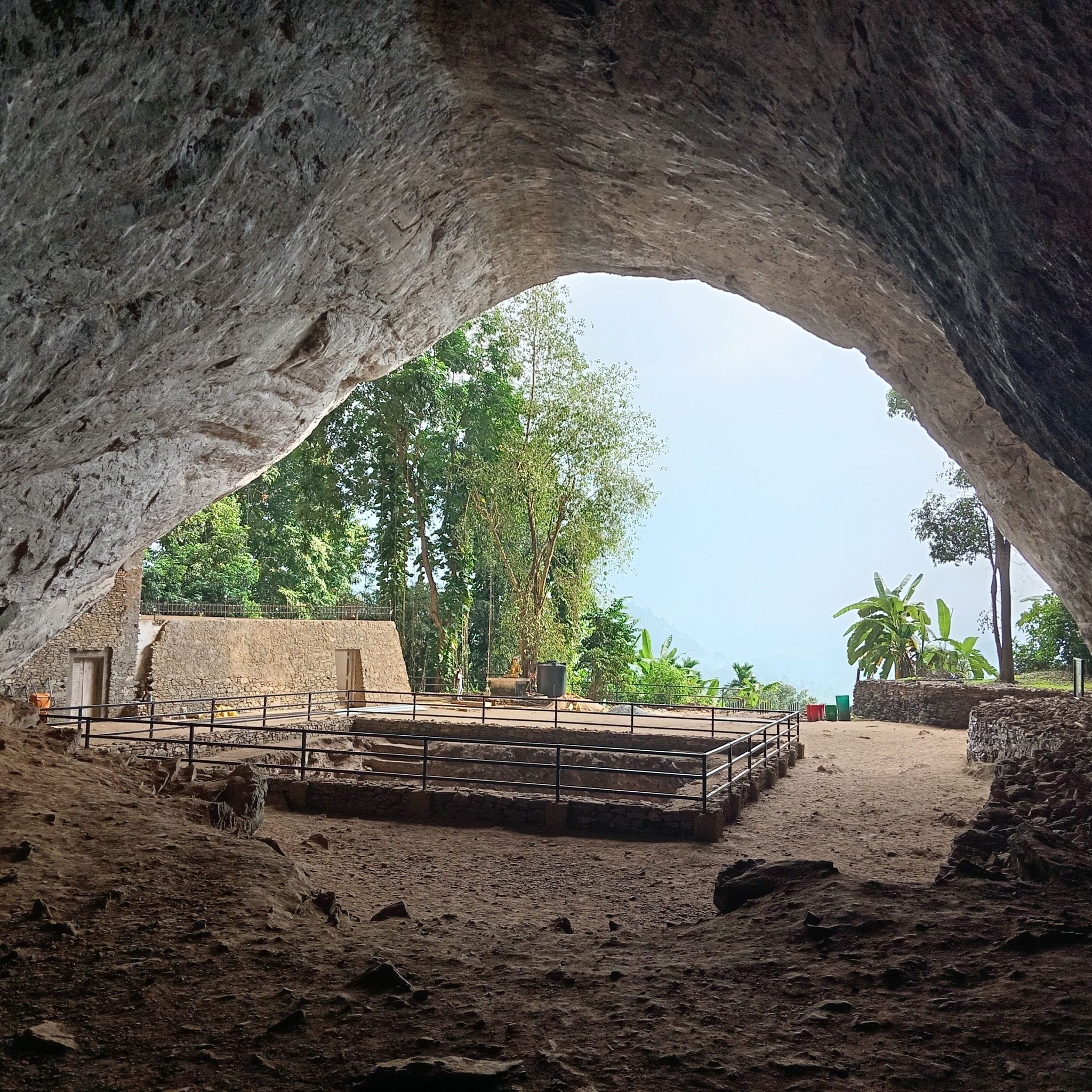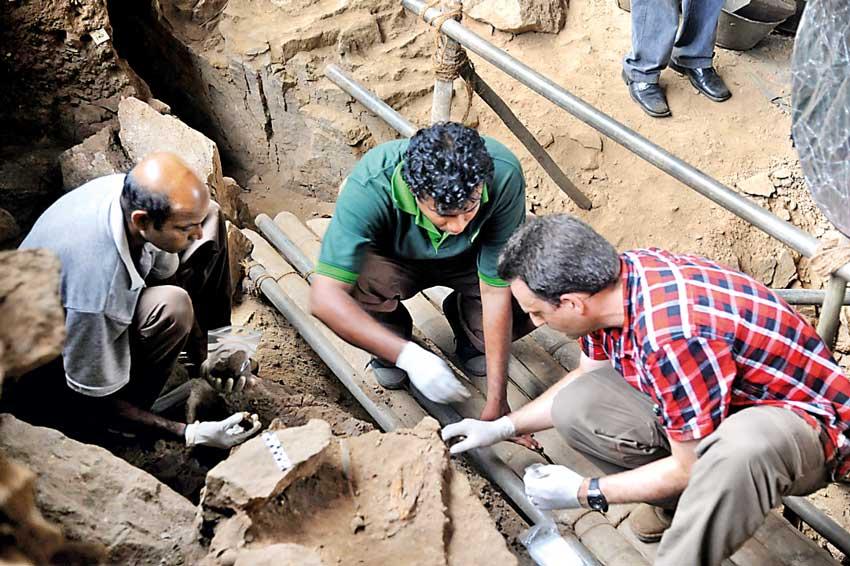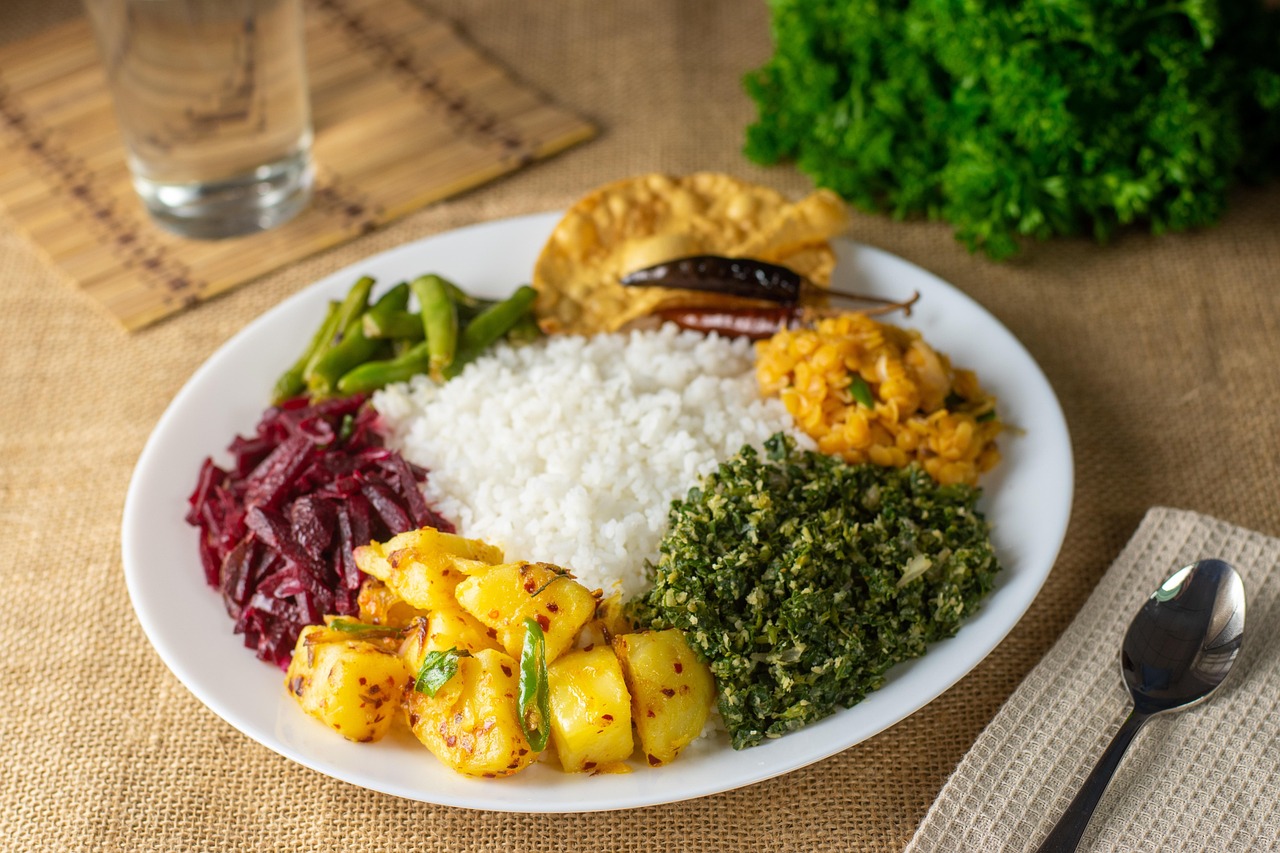Pahiyangala Cave: The Ultimate 2025 Guide to Sri Lanka's 48,000-Year-Old Wonder

Welcome, fellow traveler! When you picture Sri Lanka, your mind likely fills with images of golden beaches, misty tea plantations, and majestic elephants. But what if we told you there’s a destination that takes you on a journey not just across the island, but deep into the dawn of human history? Tucked away in the green hills of the Kalutara district is Pahiyangala Cave, a place that rewrites the story of our ancient ancestors. This guide will walk you through everything you need to know to visit this incredible site, from its 48,000-year-old secrets to practical tips that will make your trip seamless and unforgettable.
Why Visit Pahiyangala Cave in Sri Lanka?
Pahiyangala (also known as Fa-Hien Cave) is more than just an impressive rock formation; it's a globally significant archaeological site that offers a profound connection to our shared past.
- A Cradle of Humanity: This is the finding place of the oldest anatomically modern human remains in all of South Asia, dating back an astonishing 48,000 years. Standing here, you are in the home of the region's earliest known inhabitants.
- Groundbreaking Ancient Technology: Archaeologists discovered that the cave's residents used sophisticated bow and arrow technology 48,000 years ago—the oldest evidence of such tools anywhere in the world outside of Africa.
- Rainforest Pioneers: The people of Pahiyangala were not just surviving; they were thriving in the dense rainforest, a feat that has challenged long-held scientific theories about early human migration.
- A Spiritual Sanctuary: Beyond the science, Pahiyangala is a living Buddhist temple. A magnificent 40-foot reclining Buddha statue greets you at the entrance, creating a serene atmosphere that blends spirituality with deep time.

How to Get to Pahiyangala Cave
Reaching this prehistoric wonder is an adventure in itself. It’s an easy day trip from Colombo or the popular southwest coastal towns.
International Airport & Visa
Most travelers will fly into Bandaranaike International Airport (CMB) near Colombo. Before you travel, you must obtain an Electronic Travel Authorization (ETA). It’s best to apply online at the official government website, www.eta.gov.lk, to avoid delays upon arrival. Your passport must be valid for at least six months from your date of departure.
How to Get to Pahiyangala Cave
Your Travel Options from Colombo (Approx. 2 Hours)
Private Car / Taxi
Most Convenient Option
- Book an airport transfer in advance for a hassle-free arrival.
- Hire a car with a driver for the day for maximum flexibility.
Ride-Hailing Apps
Competitive & Easy
- Use Uber or the local app PickMe.
- Book directly from your phone for competitive pricing.
Public Transport
The Adventurous Route
Step 1: Colombo to Horana
Take the Route 120 bus.
Step 2: Horana to Bulathsinhala
Transfer to a bus heading towards Matugama.
Step 3: Bulathsinhala to Cave
Hire a tuk-tuk for the final 5km journey.
Essential Travel Tip
Tuk-tuks are not readily available for hire at the cave entrance. It is crucial to arrange a return trip with your driver or ask them to wait for you to avoid getting stranded.
What to Expect: Culture, Climate, and Connectivity
A little local knowledge goes a long way in making your Sri Lankan adventure smooth and enjoyable.
Local Customs & Etiquette
Sri Lankans are incredibly hospitable. When visiting temples like Pahiyangala, always dress modestly. This is a strict rule for all genders: cover your shoulders and knees. It's also required to remove your shoes and any hats before entering the sacred grounds. Posing with your back to a Buddha statue or wearing clothing with Buddha imagery is considered highly disrespectful and is illegal.
Language & Currency
The main languages are Sinhala and Tamil, but English is widely spoken in tourist areas. A friendly "Ayubowan" (hello/goodbye) will be met with warm smiles. The local currency is the Sri Lankan Rupee (LKR), a closed currency you can only get upon arrival. Cash is essential for small shops, tuk-tuks, and local eateries.
Health & Safety
Drink only bottled or purified water. The sun is strong, so pack sunscreen, a hat, and insect repellent. It's always wise to have comprehensive travel insurance.
Climate
The Kalutara region has a tropical climate. The best time to visit is during the dry season from December to March, when you can expect sunny skies and lower humidity.
Mobile & Data
Staying connected is easy. Purchase a tourist SIM card from a provider like Dialog at the airport for affordable and reliable data across the island.
Best Things to Do & See at Pahiyangala
- The Scenic Climb: A 20-minute walk up stone steps through a lush jungle path leads you to the cave entrance.
- The Reclining Buddha: Be greeted by the serene, 40-foot-long reclining Buddha statue, a centerpiece of the modern temple.
- The Archaeological Pit: Look directly into the layers of history in the excavation pit where the ancient human remains were found.
- The Bat Cave: For a thrill, venture through a small door into a separate cave inhabited by a large colony of bats.
- The Summit View: A small footpath leads to the top of the rock, offering stunning panoramic views of the surrounding landscape.
Where to Stay: Accommodation for Every Budget
Whether you prefer beachside luxury or a jungle retreat, you’ll find great options near Pahiyangala.
- Luxury (USD 150+): Base yourself at a stunning coastal resort in Wadduwa or Bentota for the ultimate relaxing holiday. Top picks include Anantara Kalutara Resort and The Villas Wadduwa.
- Mid-Range (USD 50-150): Find charming guesthouses and boutique hotels offering a mix of comfort and local character. Consider Lagoon Bentota or the highly-rated Thoduwawa Beach Villa.
- Budget (Under USD 50): Stay in a local homestay or budget-friendly hotel like OYO 544 Feel Homestay for an authentic and affordable experience.
- Unique Stays (Eco-Lodges): Immerse yourself in nature at an inland eco-lodge. Check out options like Singharaja Garden Agro ECO Lodge or unique riverside retreats on Airbnb.
Local Food & Experiences
Sri Lankan cuisine is a vibrant explosion of flavor. Don't leave without trying these!
Must-Try Dishes
The classic rice and curry is a must, but also seek out fish ambul thiyal (a sour fish curry), kottu (chopped roti with vegetables and meat), and crispy hoppers.
Local Specialties
The Kalutara area is famous for its incredibly fresh seafood and delicious mangosteen fruit when in season (May-September).
Sustainable Tip
Eat at small, family-run restaurants. You’ll be directly supporting the local community while enjoying the most authentic food.

Practical Travel Tips for Foreigners
- Travel Insurance: Always travel with comprehensive insurance that covers medical emergencies and trip cancellations.
- Dos and Don'ts: Do dress modestly at religious sites. Don't take photos of people without permission. Do try the local food. Don't ride elephants—opt for ethical wildlife viewing at national parks instead.
- Sustainable Travel: Help protect this beautiful island. Carry a reusable water bottle, refuse single-use plastics, and buy souvenirs directly from local artisans to ensure your money benefits the community.
Ready to plan your unforgettable trip to Sri Lanka and walk through 48,000 years of history?
Have questions or need help customizing your perfect itinerary?
???? Reach out to us at https://srilankatourhelp.org/contact-us — we're here to help!


Comments
There are no comments yet